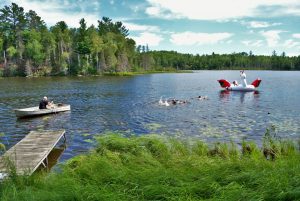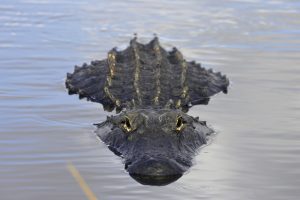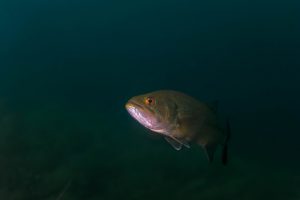From hiking to fishing, biking to swimming, fresh air fun can be enjoyable for people of all ages.
While outdoor activities are popular worldwide, one common annoyance is insects that buzz around and bite.
Deer flies are a prime example, as these blood-sucking pests target humans and animals.
One interesting fact about deer flies is that they are attracted to the color blue. Biologists are not precisely sure why deer flies are attracted to blue, although they note that dark colors seem to catch these insects’ eyes more than light colors.
That’s why many outdoor adventurers try and avoid wearing blue during deer fly season.
Read our full article to learn more about deer flies and what attracts them.
Table of Contents
What are deer flies?
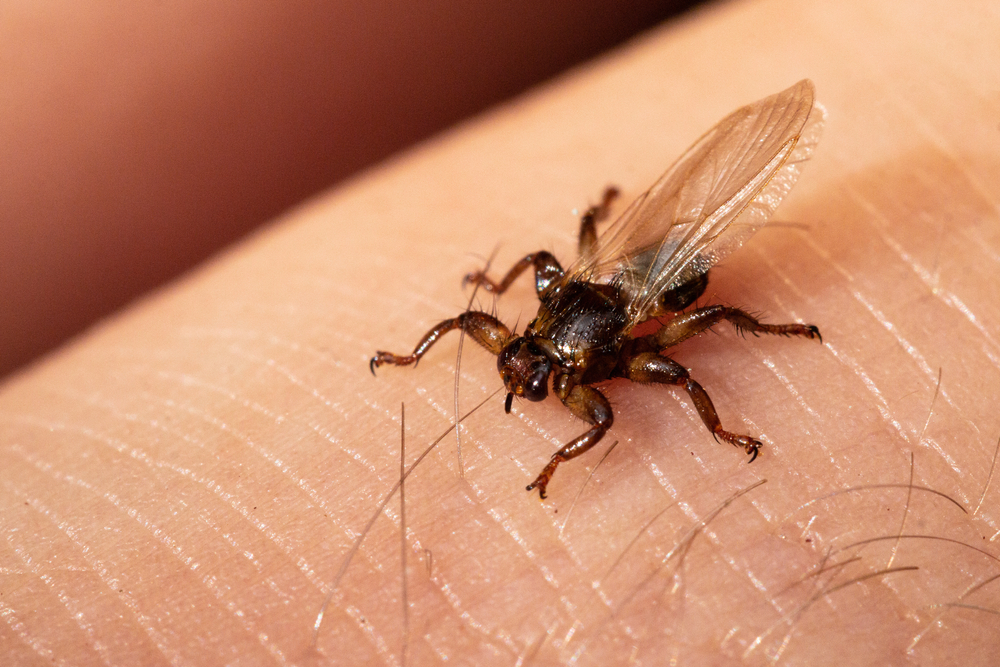
Deer flies, known as sheep flies on the mid-Atlantic coast, are bloodsucking insects that primarily bite people and cattle.
These large flies are recognized by their bright compound eyes, more noticeable than the house fly but not as big as the horse fly.
There are 250 deer fly species within the Chrysops genus worldwide.
Many countries report the presence of deer flies, although these insects have not been confirmed in Hawaii, Iceland, or Greenland.
Deer flies differ from butterflies, fleas, and ticks by their noticeable bite as females feed on mammals.
If a deer fly bites you, it’s a female, as the males have weak mouthparts and cannot bite or feed on blood.
Female deer flies have two pairs of blades within their mouthparts to cut skin and get the blood flowing from the wound.
Females feast on this blood with their sponge-like mouths while the males collect pollen.
Unfortunately for humans who find deer flies annoying, females lay anywhere from 100 to 800 eggs in every batch, meaning they need to eat (bite) a lot.
What do deer flies do?

Most campers and hikers say deer flies do little more than annoy them. Deer flies detect carbon dioxide and use their sight and smell to find humans and cattle to bite for their blood.
Deer flies also pay attention to dark colors, body heat, movement, and night lights to find hosts.
Deer flies are active both during the day and night. These insects prefer temperatures above 70 degrees Fahrenheit and direct sunshine.
Such optimal conditions help the females find unsuspecting people or cattle to feed on with their maxillae and mandibles.
Much like scissors, these mouthparts make incisions in the skin so deer flies can soak up the blood. Unfortunately for those unlucky enough to be bit, deer fly bites are often painful.
What’s even worse, the fly’s saliva contains anticoagulants that keep blood from clotting and can cause serious allergic reactions in some people.
Are deer fly bites bad?
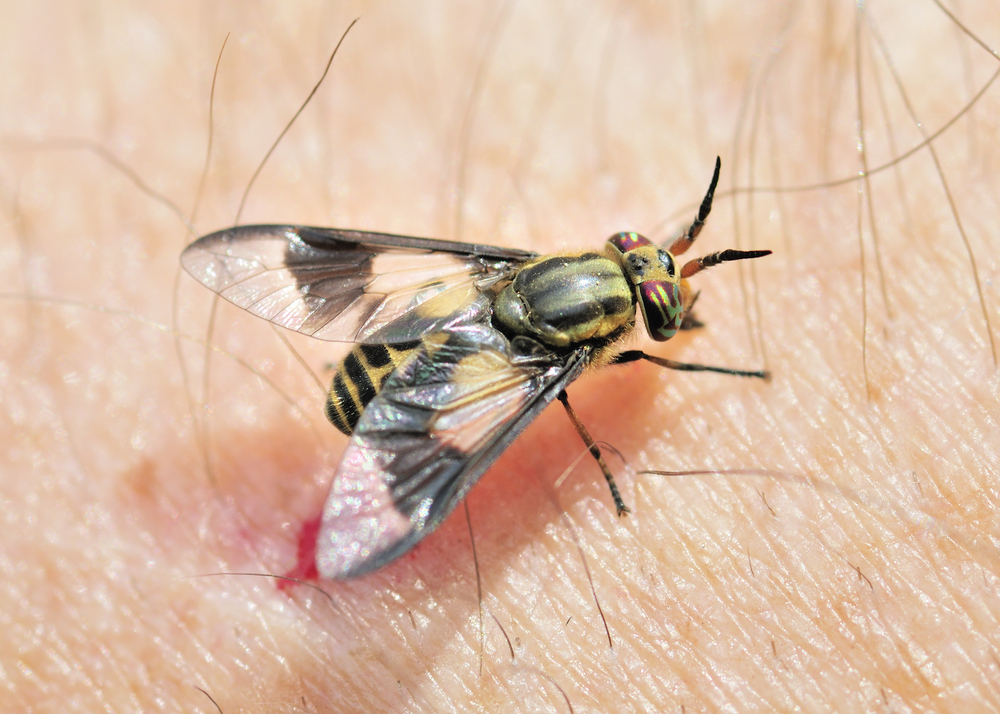
Deer fly bites aren’t ideal, so it’s important to take steps to deter these insects, such as wearing light colors and using repellant.
In addition to potential allergic reactions, deer fly bites also carry the risk of disease and parasite transmission, including anaplasmosis, anthrax, and equine infectious anemia.
Hog cholera, filariasis, and tularemia are other health concerns associated with deer fly bites.
Even if you don’t have serious deer fly bites, they still hurt. However, if you like to spend time outside and live in a moist deer fly hotspot, it’s almost inevitable that you’ll encounter deer flies at some point.
Nest-building hornets, wasps, dragonflies, and the killdeer or other birds will eat deer flies, but not enough to control the pest population.
Another reason why it’s challenging to avoid deer fly bites is that many adults develop far from the initial egg-laying site.
In other words, deer flies can cover a lot of land, so if you’re anywhere near the water, you should come prepared.
Swap your blue shirt or pants for a light color or consider protective long-sleeved tops and hats.
What are deer flies attracted to?
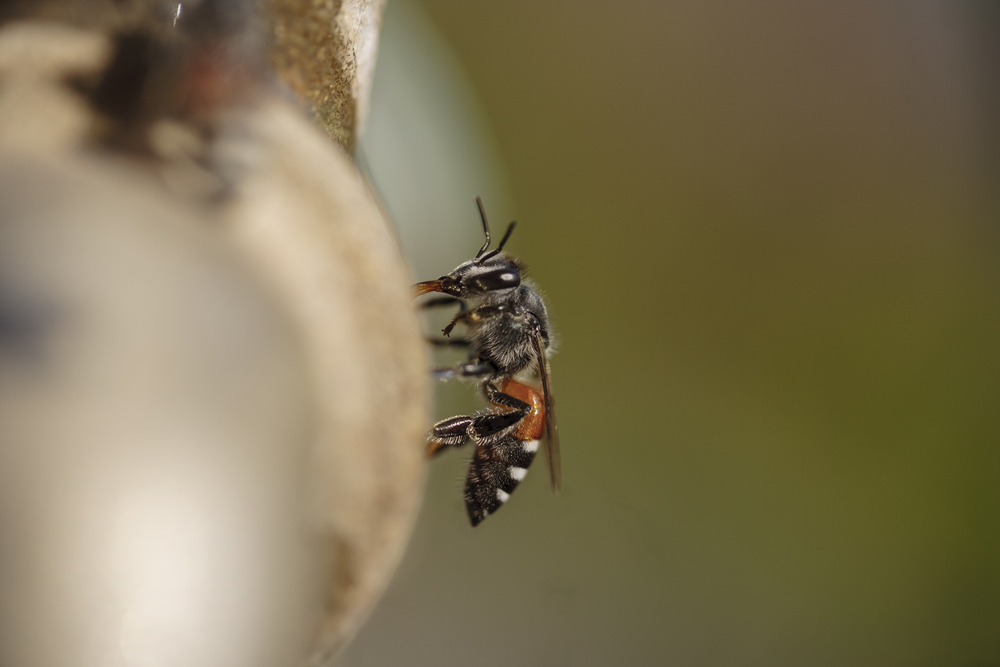
Deer flies thrive in damp vegetation near water. The larval stage lasts for at least 12 months and may go up to three years, during which time deer flies prefer decomposing organic material.
Once they go through the pupal stage and become adult deer flies, these insects look for humans and cattle so they can feed on blood to produce eggs.
Similar to mosquitoes and horse flies, deer flies are attracted to dark colors like blue, warmth, and motion.
Zoologists say this attraction to dark colors may be because these shades stand out more and make it easier for insects to find humans to bite and feed on.
After all, deer flies must use their vision to locate hosts, particularly during the later hours, so blue, navy, black, and red are the most attractive colors to these insects.
Carbon dioxide generated by humans and cattle breathing may attract deer flies as well.
Shiny surfaces and movement also alert deer flies to possible hosts, which is why they may appear near outdoor grills and campsites.
Deer flies are common near docks and beaches, too.
Why is blue an attractive color for flies?
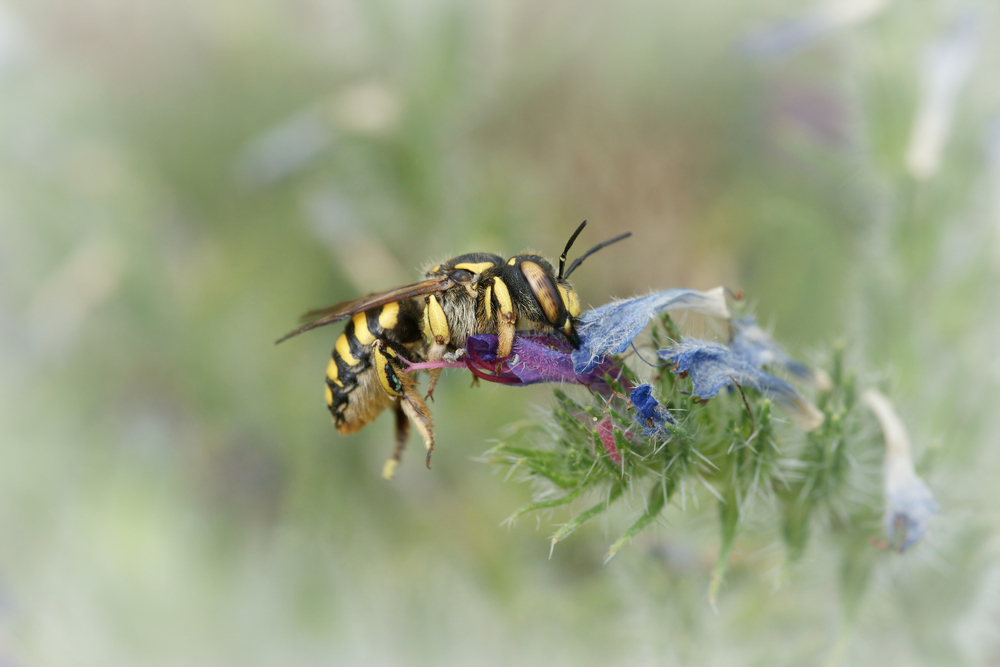
Overall, blue is seen as a very attractive color and remains a favorite shade for many across the globe.
For people, blue is seen as calming and peaceful, although wearing this shade outside can inadvertently attract insects like deer flies.
Unfortunately, deer flies aren’t the only creatures drawn to the color blue and other dark shades that are easier to see.
Many flies are attracted to blue as it helps them find their hosts. While blue draws deer flies and similar pests in, warm tones such as yellow actually repel these insects.
That’s why blue lights are often linked to increased deer fly activities.
How can you avoid deer flies?
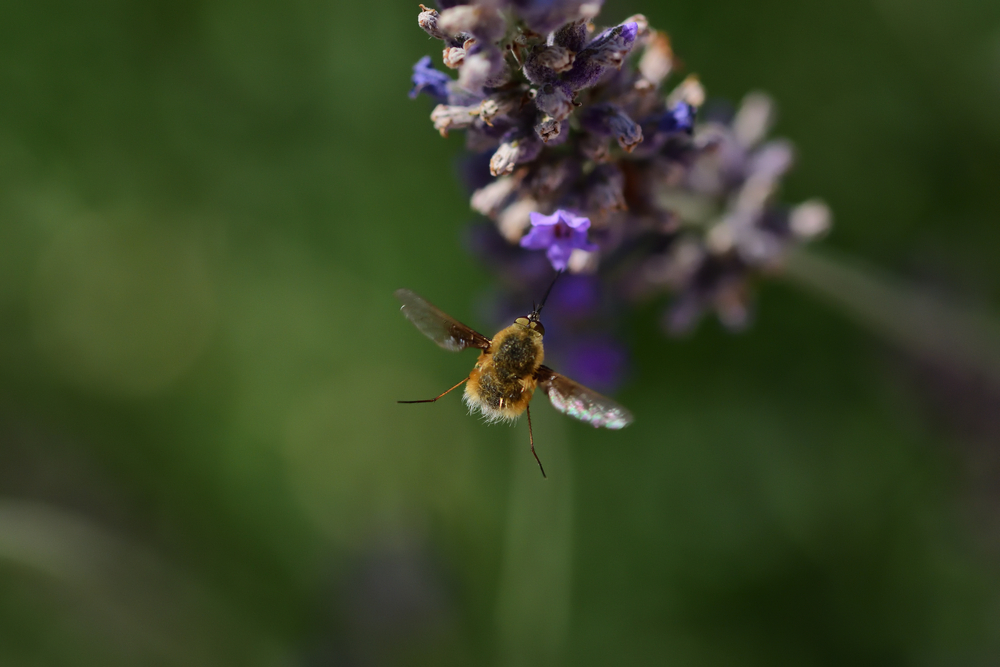
If you don’t want to deal with deer flies and the painful bites they leave, it’s best to leave your blue at home.
Try to wear light colors like yellow instead, and keep in mind that deer flies are attracted to shiny materials, too.
Here are a few more tips for avoiding deer flies and the even-larger horse flies:
- Use deer fly bug spray. Reapply liquid repellant every few hours, or try essential oils like lavender, citronella, and peppermint.
- Keep away from the water when you can. This is easier said than done if you love water recreation, but the truth is, most deer flies live on the muddy banks of ponds, rivers, lakes, or oceans.
- Don’t forget your hat. For whatever reason, deer flies are attracted to the back of people’s heads and may even burrow into hair to bite the scalp. If you find a brimmed hat to keep deer flies off your face, neck, and ears, that’s even better.
- Grab a dryer sheet. The strong soap scent on dryer sheets is thought to repel deer flies. You could rub the sheets over your skin and clothes or tuck them into your hat to hopefully keep deer flies and gnats away.
- If you spot deer flies while hanging out in one spot, try not to move too much. Scientists have found these insects are drawn to movement, so staying still as much as possible may make a difference.
- Otherwise, try to outdistance deer flies if you’re hiking or paddling. These flies are very fast but also territorial, so they may leave you alone as you continue on your journey.









